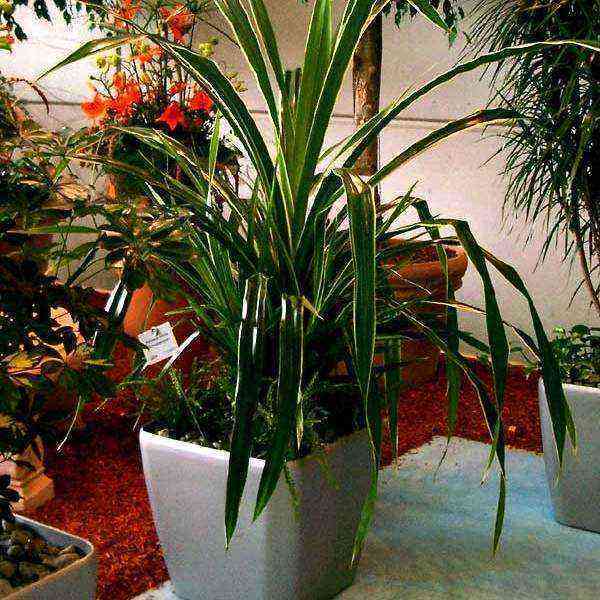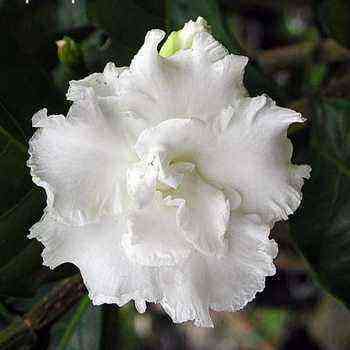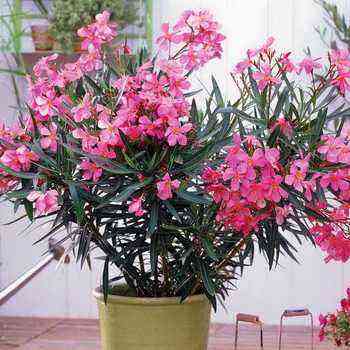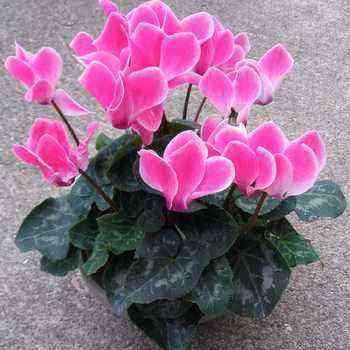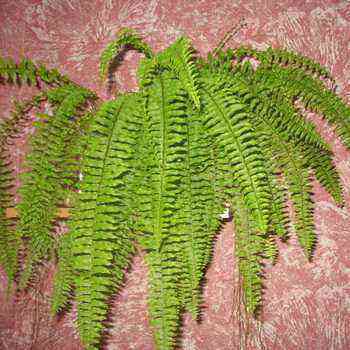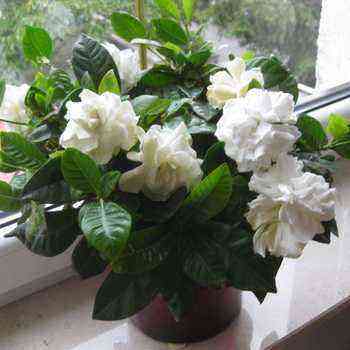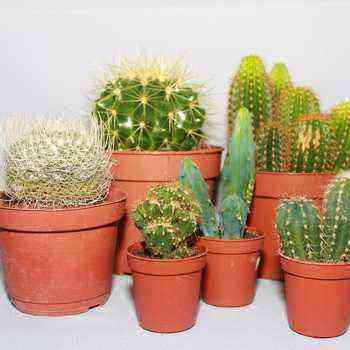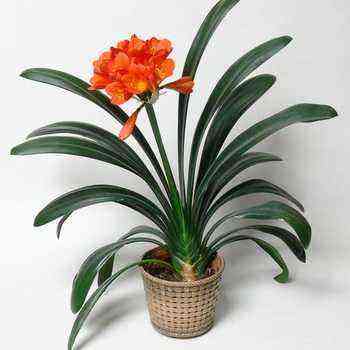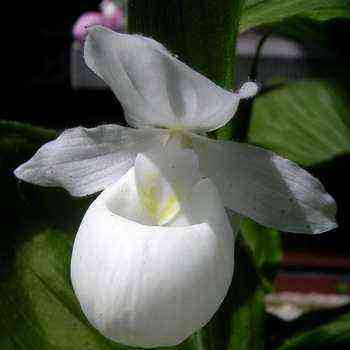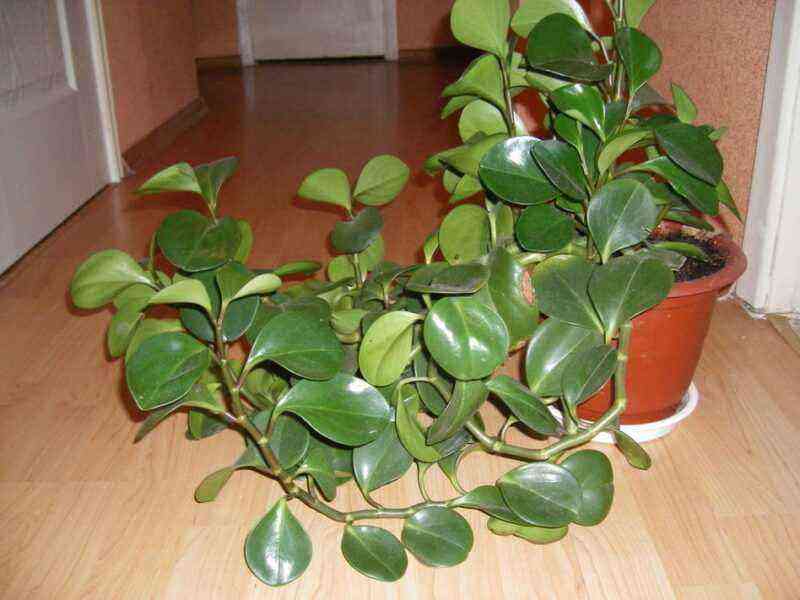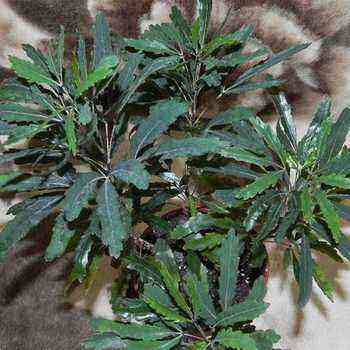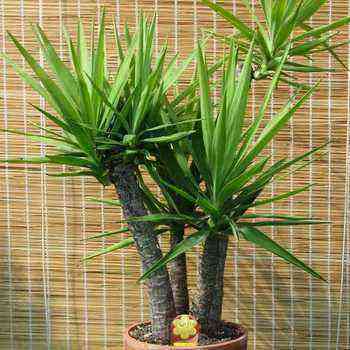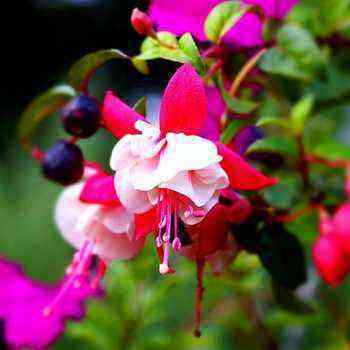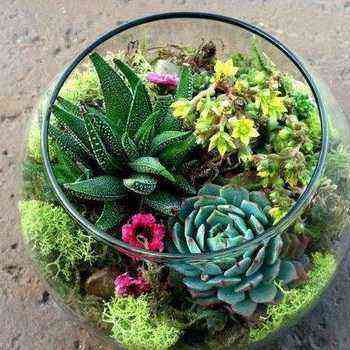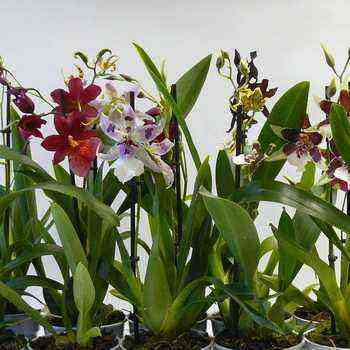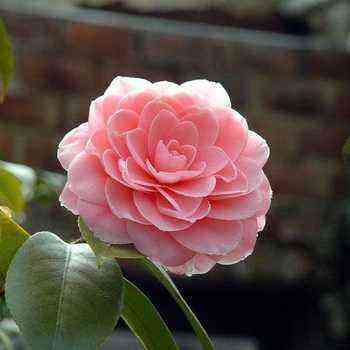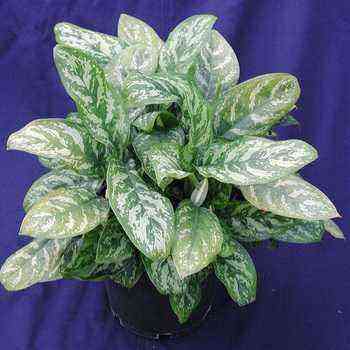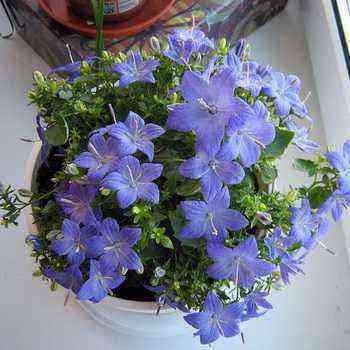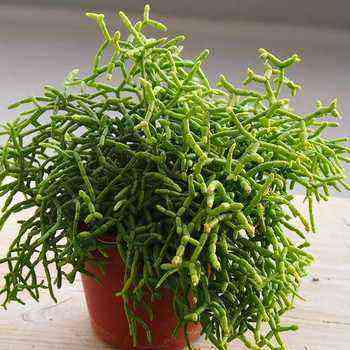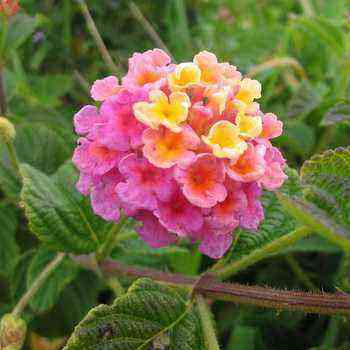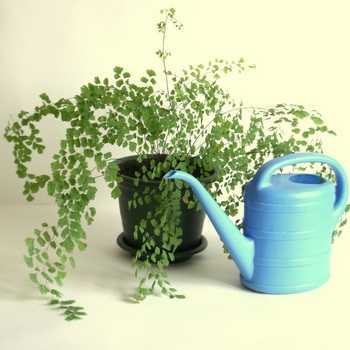
How often should flowers be watered
How often should flowers be watered in order for them to be able to provide active growth of the root system and deciduous mass? Plants will suffer if the roots receive too little water. On the other hand, over-watering is the main cause of death of indoor plants.
Unfortunately, there is no simple answer to the question of how often to water flowers, but there are a number of guidelines. Never guess, just find the watering requirements for your plant. Unfortunately, the correct interval between waterings is not easy to determine – it can range from one day to several months. The required watering frequency depends on the plant, pot size, type of compost, season, indoor conditions, etc. Watering once a week may be satisfactory for a limited range of ornamental-leaved plants, but in this case, you will have to extend this interval in winter. The best way is to find out how the plant makes it clear when it needs watering.
Necessary equipment to determine:
Forefinger… The index finger is the most useful aid in determining if flower pots need watering.
Soil moisture indicator. The Soil Moisture Indicator is especially useful for determining the need for watering in large containers. Alternatively, you can make a probe probe.
How to water flowers correctly?
Before watering the flowers, it is necessary to determine the degree of soil moisture and prepare the water. There are many tips on how to properly water flowers, but there is no universal recipe for this.
Plant with dry wintering. Desert cacti and succulents require moderate watering during the active growing season from spring to fall. In winter, the compost should dry out almost completely.
The first critical step. Your new plant may suffer or die if you don’t complete this simple task that is rarely mentioned in books or articles. Look at the pot – it is likely that the compost is at or above the edge of the pot. This makes proper watering very difficult. So your first job is to create enough watering space. Remove excess compost to create a gap between the rim of the pot and the surface of the compost – about 1 cm in a small pot and 2 to 3 cm in a large pot.
When to water your home flowers?
Before watering your home flowers, you need to stock up on the right tools.
Watering with a watering can is done in the morning, but do not water if bright sunlight is directly on the pot. The pot should be placed in a pallet or in a waterproof planter. Pour water slowly using a long-nosed watering can. Place the end of the spout under the leaves and close to the edge – let the water seep down. Check it out in about 10 minutes. Water again if the water hasn’t passed all the way. Drain any remaining water from the pan or planter after about 30 minutes.
When to water? Check the pots every few days in the summer and weekly during the winter. Measuring water loss by raising the pot is useful but requires some skill. Raise the pot immediately after watering – remember the weight. Raise the pot again when the water demand has been established in a different way — again try to remember the weight. Use the difference between the two weights when lifting the pot in the future to see if the plant needs watering. For some people this is easy, for others it is impossible.
The best method is to touch the surface with your index finger. If the compost is dry and crumbly, then it is time to water the plant that requires constant compost moisture.
Insert your finger the full length of your nail into the compost, close to the edge of the pot. If the finger remains dry, then the plant requiring moderate watering is time to water.
Plants in large containers are a particular problem – the top few centimeters of the compost may be dry, but the compost at the bottom may be waterlogged. In this situation, the best way to check your watering needs is with a moisture meter.
Immersion method. A useful method for plants with hairy leaves, cyclamens and other species that do not like getting water on their leaves. It is also used if the compost dries out more than usual. Place the pot in a deep bowl and add water about one to three quarters of the height of the pot. Leave it on until the surface of the compost is wet. Remove the pot and let the water drain.
Watering Problems: Water Does Not Absorb
Reason: the surface is caked and water is not absorbed.
Fixing the problem: Pierce the surface with a fork or miniature spatula. Then submerge the pot to the level of the compost in a bucket or tub of water.
Water flows downward without soaking the compost
Reason: The compost is dry and loose from the sides of the pot.
Correction: Submerge the pot to the level of the compost in a bucket or tub of water. Now the water does not flow down and soaks the compost.
Watering home plants
Watering domestic plants should be carried out taking into account their group affiliation.
Plants requiring moderate watering. Most of the decorative leafy indoor plants belong to this group. The standard recommendation is to water thoroughly and frequently from spring to autumn, and water sparingly in winter, allowing the top 1cm of compost to dry out each time between waterings. This drying of the surface between waterings is especially important during the dormant period from late autumn to mid-spring.
Plants requiring constant compost moisture. Most flowering plants belong to this group. The compost is kept constantly moist, but not wet. The standard recommendation is to water thoroughly every time the surface gets dry, but not often enough to keep the compost constantly saturated with water.
Plants requiring wet compost. Very few plants belong to this group. Water abundantly and often, just enough to keep the compost wet, not just damp. Examples are azalea and cyperus.
